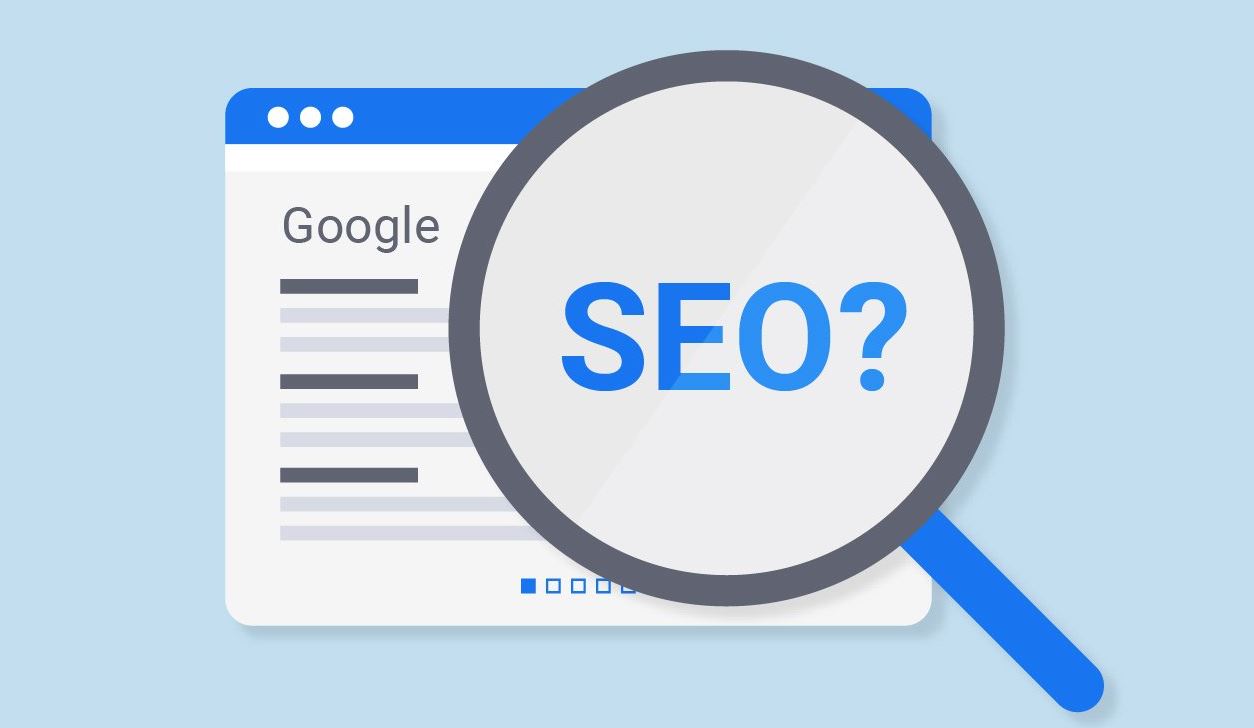
When you're organizing information, a sitemap is one of the best tools around. A sitemap is an document that shows the internal structure of a website. It helps you find information easily by labeling each webpage with a number, letter or symbol. To make a Sitemap, you need computer skills and software. However, a sitemap can help you organize your information.
A sitemap is essentially a list of links to all the pages on your website. It's essentially a way to organize your website's pages by subject. You can use a sitemap to organize your pages by topic, and update it whenever you make changes to your website. You can also use it as a marketing tool by printing it out and handing it out to potential customers. By making a sitemap, you'll greatly improve the accessibility and usability of your website.
You should always keep in mind when creating a sitemap that it's an organizational tool and not an accessibility tool. An accessibility tool makes all the pages on your website accessible to people with disabilities; whereas an organization tool helps you find information when you have trouble navigating your hard drives. That said, it's important to create an organized sitemap that's easy to read and follow. To do that, you should keep the following elements in mind:
- Use URL of the page.
- Use the update date of each web page
- Use an identification number from 1 to 10 that gives value to each of the web pages, where 10 will be the most important web page, for example home page of our web site.
Sitemaps are a web master's checklist of all the pages on their website. Sitemaps help search engines understand your website and build indexes of your pages. Essentially, they're a way to inform the world about your website. Essentially, you need a sitemap if you want people to find your website.
A sitemap is a list of all the pages on your website. It's essentially a list of instructions for people who want to navigate your website. Sitemaps are used by search engines to build their indexes of your website. People use search engines to find websites, so you need a way to inform them about your website. Sitemaps are a convenient way of doing that.
Creating a sitemap is easy and free. You can just log into Google Drive and create a new file for it. A simple name for this file is sitemap-SITENAME. You can add links directly from your computer to each page in your sitemap. Add clickable links to the URL field and make sure it points to the actual page you want linked. Existing links don't need to be updated when adding a new page to your sitemap. The online tool generates the entire file for you; all you have to do is confirm the URL list when finished.
You can add your sitemap to a domain and host it anywhere. There's no need to keep it on your PC if you've created an account with Google Drive or another hosting service. Your sitemap will live there and allow you to update it whenever you like. Just give the folder a suitable name and upload the contents via the File > Add Files To Folder menu option. You can add any number of folders and files here; it's totally up to you! Once uploaded, change the file's name to sitemap-webname.xml and assign it as a directory in your web browser's settings. You'll then be able to access your new sitemap from anywhere with internet access using that domain address. If you have the sitemap file in the main directory of your web page, the ideal file name would be sitemap.xml.
If you are a webmaster and you can access your web server, it is advisable to create a sitemap.xml file in the main folder of your web page where you indicate the addresses of your secondary sitemaps. Each secondary sitemap.xml will have all the addresses of each section of your web page, whether you want to differentiate it by images or different parts depending on your website. Use lookkle's sitemap builder to create one for free and see how it will look like in reality. Once you have saved your sitemap.xml file with the specific links of that part of the website you want, upload it to your web server where you have hosted your site, and then add it to google or bing webmaster tools.
If you use Wordpress this is much easier, you only need to install a plugin and wordpress with this plugin will create the sitemap very easily, without complications.
A well-maintained sitemap is an essential tool for webmasters everywhere. It helps search engines understand what information is on your website- which is extremely helpful for SEO and promotion efforts. Plus, anyone who visits your website can easily find any given page via your sitemap regardless of where they are on the web. Creating a sitemap is easy with Google Drive; just remember that anyone with web access can access one if you host it on Google Drive!
Tips on SEO and Online Business
Next Articles
Previous Articles















